Here’s a collection of Flowers that Start with ‘J’ from around the world. Pick the prettiest ones for your garden!
Flowers make for a beautiful addition to every occasion, and here we are sharing some of the most beautiful Flowers that Start with ‘J’ for you to choose from!
Flowers that Start with ‘J’
1. Japanese Anemone
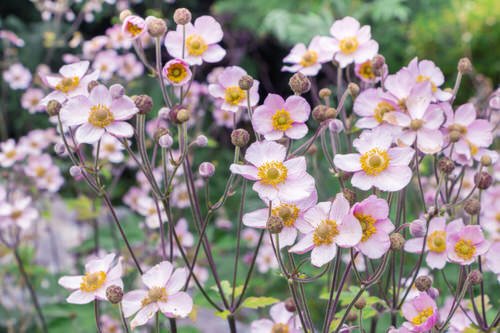
shutterstock/Nadezhda Kharitonova
USDA Zone: 4-8
Botanical Name: Anemone hupehensis
Also called Anemone hupehensis, Japanese Anemone is a woody, fibrous-rooted flowering herbaceous perennial that blooms from late summer to autumn. It belongs to the buttercup family and usually grows up to 2-3 inches tall.
Check out the best Japanese herbs here
2. Jack-in-the-pulpit
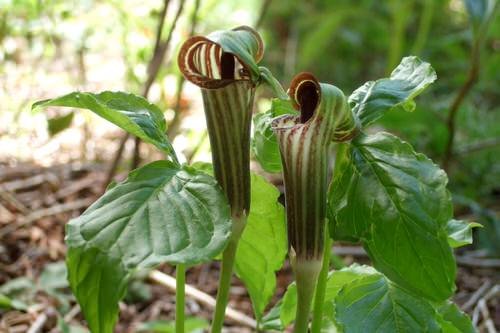
flickr
USDA Zone: 4-9
Botanical Name: Arisaema triphyllum
Jack-in-the-pulpit, also known as Indian Turnip, is a flowering plant species found in moist, rich floodplains and deciduous woods. This herbaceous perennial plant grows from a corm and usually grows up to 30-60 centimeters.
3. Jacob’s Ladder
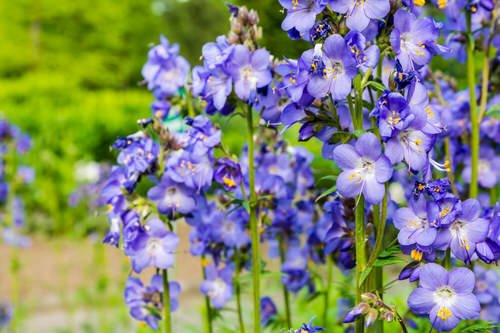
123rf/gubernat
USDA Zone: 3-8
Botanical Name: Polemonium Caeruleum
Jacob’s Ladders belong to the genus and the family of Polemoniaceae that come from cool and temperate arctic regions. It is an ephemeral spring wildflower with low-growing stems that tends to droop to one side.
Check out 9 Most Beautiful Creeping Rosemar here
4. Japanese Pachysandra
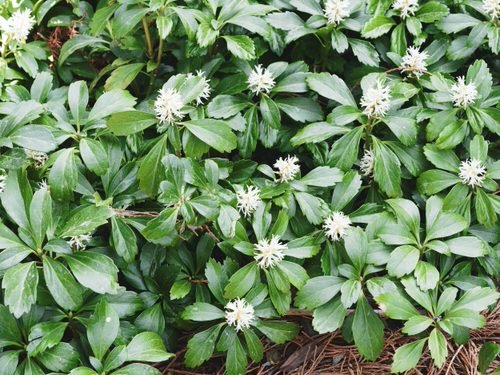
shutterstock/MacBen
USDA Zone: 4-8
Botanical Name: Pachysandra terminalis
Japanese Pachysandra is also called the Japanese Spurge or Carpet Box. This flowering plant specie belongs to the boxwood family Buxaceae and comes from Korea, Japan, and China.
5. Japanese Aralia
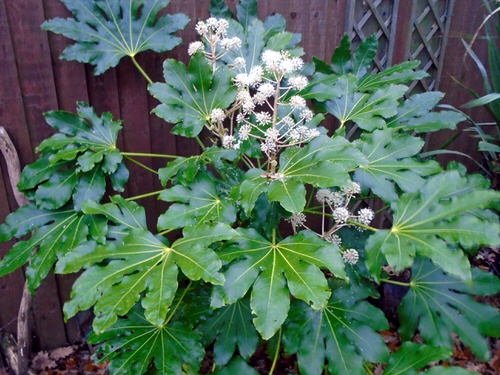
wikipedia
USDA Zone: 8-10
Botanical Name: Fatsia japonica
Japanese Aralia is also called Fatsia Japonica and belongs to Japan, as the name suggests. This evergreen shrub usually grows up to 10-16 inches on maturity. With showy cream-colored flowers, Japanese Aralia blossoms in winter or late fall.
Look at some fantastic flowering varieties starting with ‘D’ here
6. Japanese Barberry
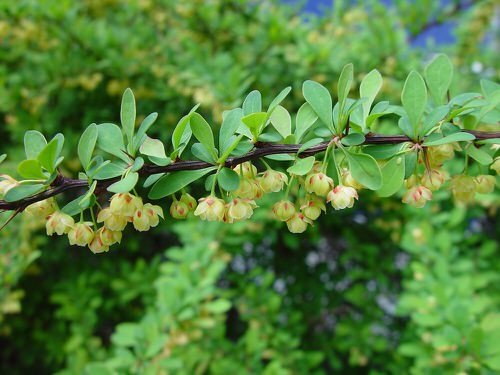
Donna Kausen from GoBotany
USDA Zone: 4-8
Botanical Name: Berberis thunbergii
Japanese Barberry is also called the Berberis Thunbergii, Red Barberry, or Thunberg’s Barberry and belongs to the Berberidaceae family from Japan. Usually, it is a small-sized, oval-shaped leaf with smooth margins that turn red in autumn.
7. Japanese Cheesewood

USDA Zone: 8-11
Botanical Name: Pittosporum tobira
Japanese Cheesewood is a sweet-scented flowering plant in the pittosporum family and is also called Japanese Pittosporum, Mock Orange, and Australian Laurel. The plant bears shiny, white-variegated, whorled leaves and flower clusters in shades of creamy white.
Check out Cordyline Hot Pepper Plant Information and Landscaping Uses here
8. Jasmine
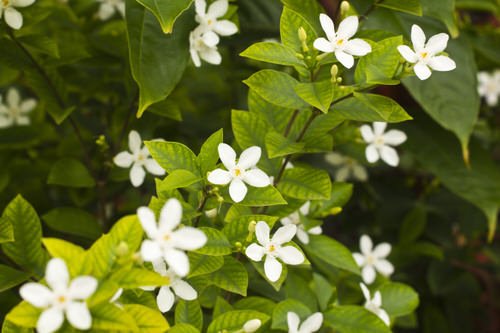
‘123rf/tae208
USDA Zone: 6-7
Botanical Name: Jasminum
Jasmine is a genus of vines and shrubs belonging to the olive family. It is also called Poet’s Jasmine, True Jasmine, Summer Jasmine, or Jessamine. The plant is native to some temperate parts of the old world and tropical zones.
9. Japanese Water Iris
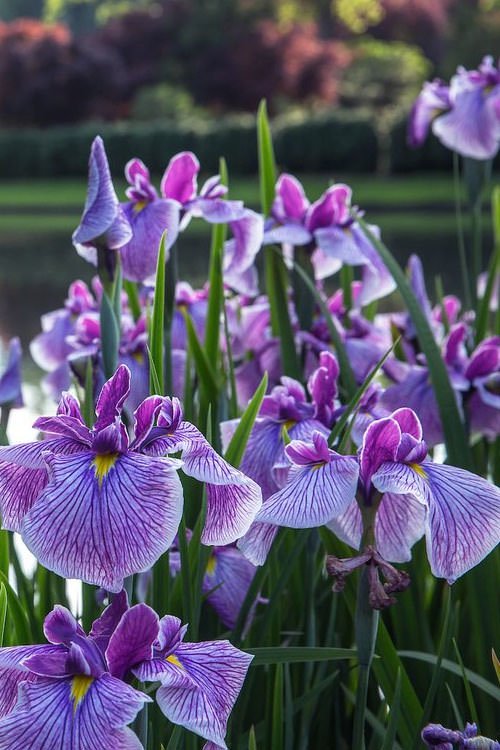
wilsonbrosgardens
USDA Zone: 4-9
Botanical Name: Iris ensata
Japanese Water Iris is also called Japanese Iris or Iris Ensata and belongs to the flowering plant species from the family of Iridaceae and comes from China, Korea, Japan, and Russia. It is mostly grown as an ornamental plant.
Find out the best Jasmine varieties here
10. Japanese Toad Lily

USDA Zone: 5-9
Botanical Name: Tricyrtis hirta
Japanese Toad Lily is also called Hairy Toad Lily, or the Toad Lily and this Japanese hardy herbaceous flowering plant species belongs to the family Liliaceae. This is usually found in stream banks and shaded rocky mountains in southern and central Japan.
Look at the best Day Lily varieties here
11. Jaborosa
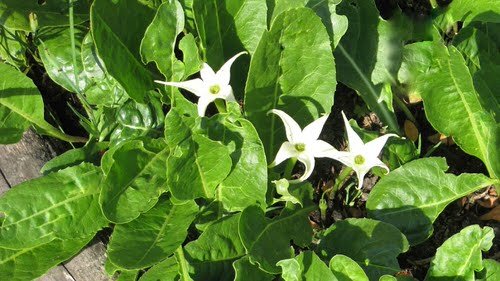
SANKUs JOURNAL
USDA Zone: 8-10
Botanical Name: Jaborosa
The nightshade Jabrosa comes from South America and is native to Patagonia. The star-shaped white flowers with pointed petals add a striking feature to their lush green leaves and would look great in raised beds.
12. Jerusalem Sage
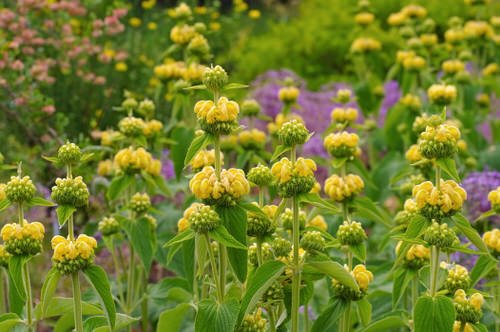
shutterstock/LianeM
USDA Zone: 5-10
Botanical Name: Phlomis fruticosa
Jerusalem Sage is also called Phlomis Fruticosa and belongs to Greece, Turkey, Albania, Italy, and Cyprus. This flowering plant specie bears blossoms in the bright yellow shade during spring and summer.
Check out What to Do with Tulips After they Bloom here
13. Jerusalem artichoke
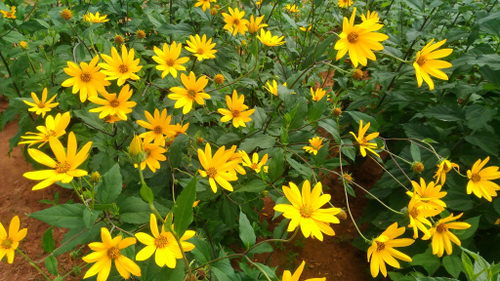
shutterstock/The natures
USDA Zone: 3-8
Botanical Name: Helianthus tuberosus
The Jerusalem Artichoke is also called Sunchoke, Topinambur, Sunroot, Earth Apple, or Wild Sunflower. The herbaceous perennial grows up to 8-10 inches and is light green in color that turns reddish brown.
14. Jewelweed

shutterstock/Tom Meaker
USDA Zone: 2-11
Botanical Name: Impatiens capensis
Jewelweed is also known as Impatiens Capensis, Common Jewelwood, Orange Jewelwood, Orange Balsam, and Spotted Jewelwood. This annual plant belongs to North America and is mostly found in ditches, bottomland soils, and creeks.





